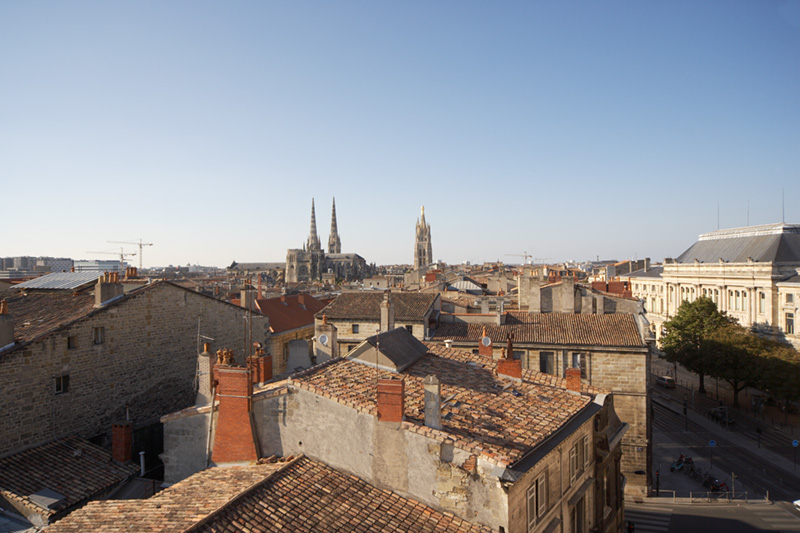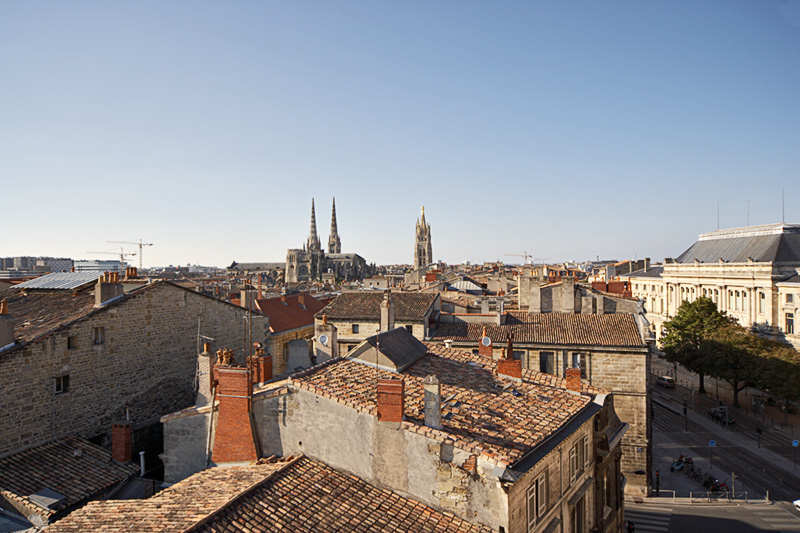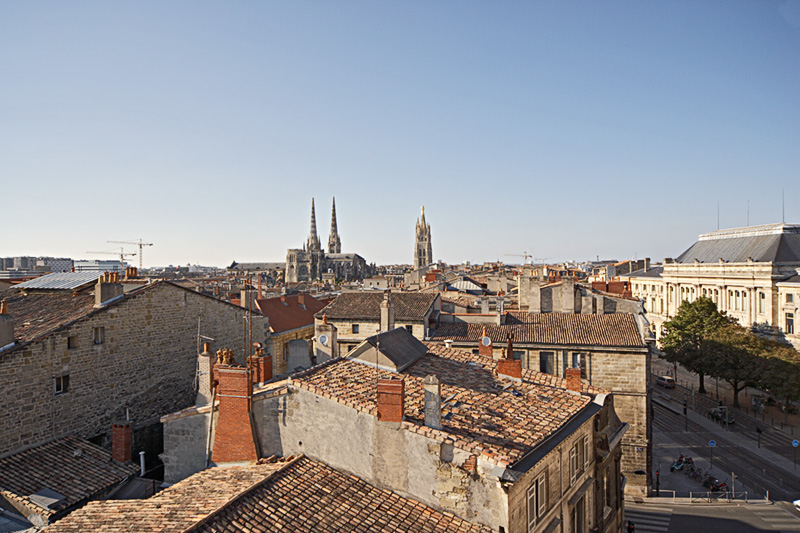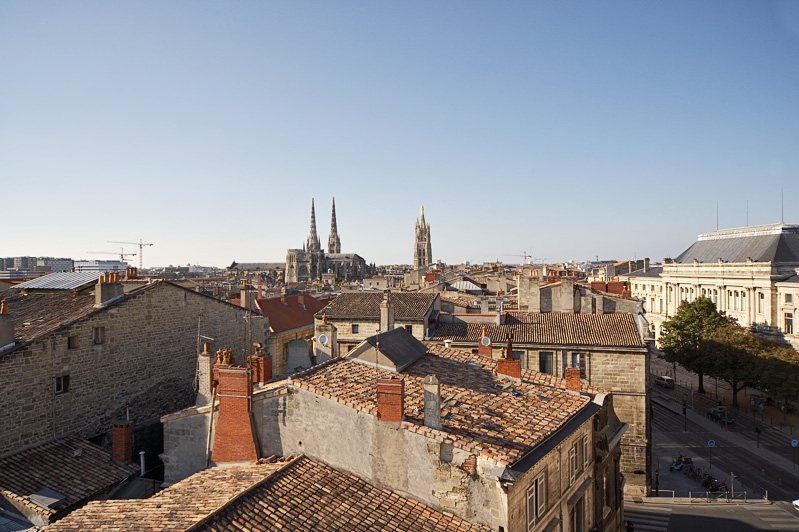Hi folks,
I'll try combining my answers to a couple of different posts, to reduce space and since they are related it's best to prevent fragmentation of original questions and my reactions.
So i did introduce to my sharpening action some other tricks that I use on most of my files…
I added:
• Shadow/Hilight filter to add some midtone contrats AND open a bit the shadows and reveal some of the burned highlights.
• at the end of the script a slight curve to open-up the 3/4 tones…
...
Constructive comments and suggestions (Michael? Bart?) always welcome…
Nicolas, thanks for your generosity in sharing your insights collected over the course of years. The actions provide a very good starting (or for some an end) point in achieving improved output quality.
That being said, I noticed you have set/kept the clipping points in the Shadow/Highlight filter to 0.01%. Personally I prefer to keep as much original data (after Raw conversion) in the file to be processed. Clipping 2x 0.01% of 21MP files still affects 2x 210.000 pixels with potentially somewhat useful data. I have my defaults for the S/H filter set to 0%, and sometimes set it to the minimum of 0.001% if I intentionally want to reduce unused S/H histogram bins to increase overall contrast. The reason I have my defaults set/saved as 0% is that it allows to maintain overall contrast in low contrast (e.g. hazy or high key) images.
I don't do any output sharpening. In fact shamefully I do not use your sharpening method either. The reason is that most of my work is done for showing on the web or else printing to a maximum 8x10.
I think it is important to note that Nicolas' action does 2 different things wrapped into 1 (and I suggest to separate them for flexibility). First his action improves tonality, especially when one starts (which I prefer) with a linear tone curve from Raw conversion. Pixel values will get tossed around more than enough in subsequent PP, so I like to prevent accumulation of round-off errors as much as possible, especially in the early stages of PP.
I just process the RAW, make all my other changes in CS2 then down res (sorry Bart, no blur step before hand)
LOL, hey they are your images, so you can mistreat them anyway you see fit ...
don't do it just to please me. However, I still do encourage 'some' pre-blur to prevent aliasing artifacts cause by sub-optimal resizing algorithms.
As °Blend-if° limits the sharpening on the uncritical midtones, one can pass through all the files, whithout extra-manual-fussing.
Probably a minor second/third language thing, but you probably intended to say it
restricts it
to the
mid-tones.
I'm sure he will jump in!
You bet I will!
One important point within his hint is the downscale-ratio for selecting the Gaussian blur; therefore one has to adapt/customize it for the personal cam's native size and the final size.
Yes, unfortunately (due to the virtually brain-dead down-sampling implementation in Photoshop to gain speed) this cannot be fully automated, unless one repeatedly makes common size reductions. For recurring resampling, like full size Raw from camera 'X' down to 800x600 pixels for posting in OPF, I have made an action for myself that does it all in one sequence (I actually use several for different output destinations/sizes). I convert to the output colorspace for the intended output device, preblur with the appropriate amount, resize with bi-cubic resampling ('File>Automate>Fit image' automatically handles portrait and landscape orientation), boost selected spatial frequencies for pleasing viewing contrast, add a little very small radius Smart sharpening (lens blur variation), change mode to 8 b/ch, all in one click of the mouse.
I don't mind making public that °Bart°-action, working for 1 Ds-2-size to webitiffs - about 1200 pixels - by adding your action at the end...
We think alike ...
little Xmasgift for the OPF-members?
I would be glad, but it's up to Bart!
I think Micheal meant, the suggestion to incorporate it all in one action, is an Xmas gift. If needed I can offer a generic version for download, but some customization may still be needed for different camera file sizes and output devices.
I agree; now I gave your new action some tries; the results are good!
- which was to expect, as the light, shadows and midtones are threated differently.
At the end of it, you could merge the two °Sharpend layers°s and add a layermask; just in case.... for extreme situations.
In fact I've suggested to Nicolas in a PM to separate the Tonemapping and the actual sharpening parts of his actions, so they can be utilized on their own, or as subroutines in other actions or a 'container' action. Such a container action can then be augmented with e.g. masks as you suggest, but that becomes an easy thing to do should one feel a need.
Bart







